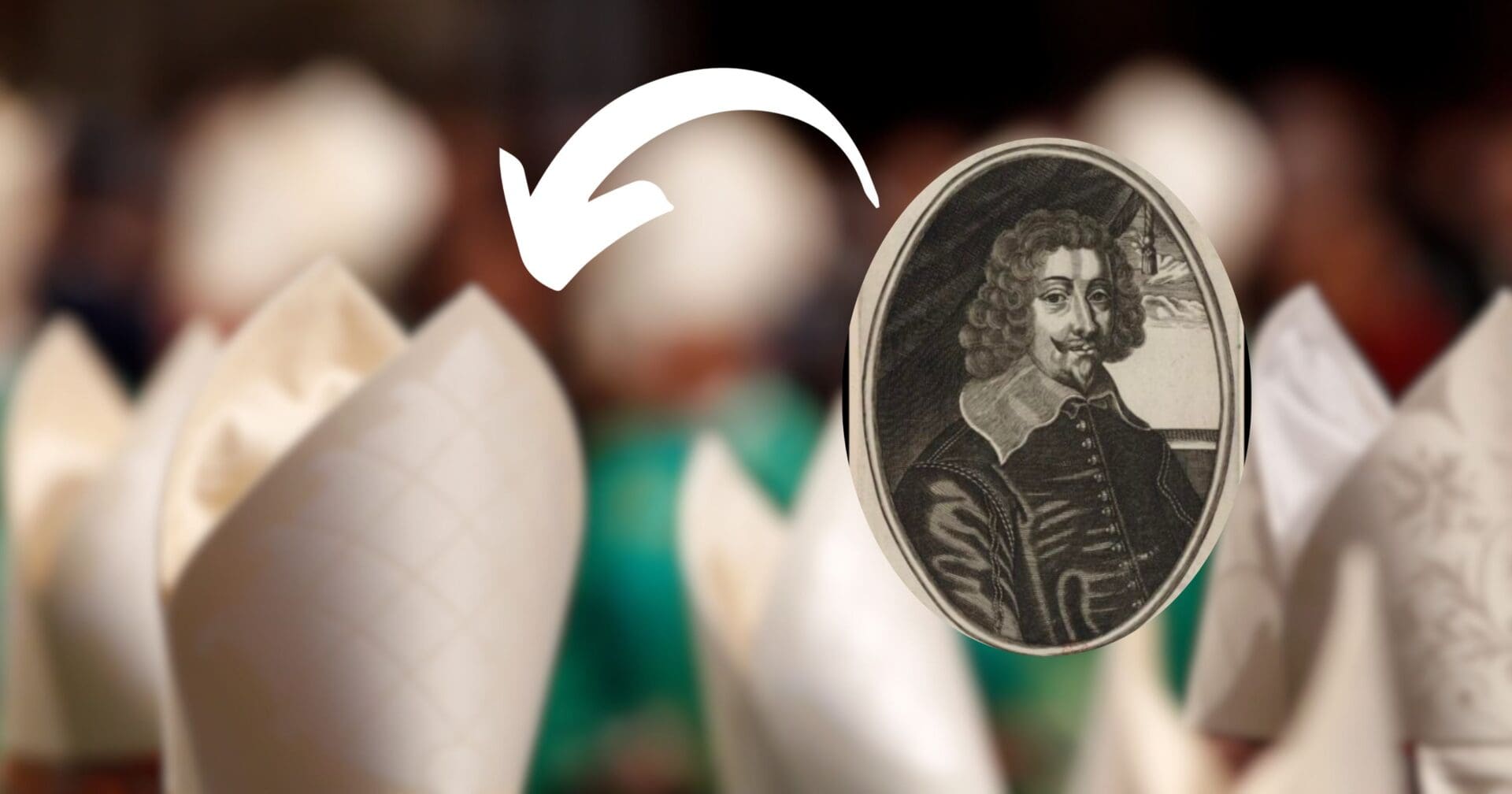When discussing the conventional path to becoming a Catholic bishop, one would imagine years of religious training, becoming a priest, and a deep commitment to Church life.
However, Henri, Duke of Verneuil’s story defies these expectations. Born out of wedlock on November 3, 1601, to King Henry IV of France and his mistress, Catherine Henriette de Balzac d’Entragues, Henri’s journey was anything but typical.
At a young age, Henri was legitimized and was quickly earmarked for a prestigious position within the Church. Despite the controversy surrounding his birth, his connections afforded him a unique opportunity. The bishopric of Metz was reserved for him since his infancy, showcasing the influence and reach of his royal connections.
However, it wasn’t all smooth sailing. The passing of Bishop Charles of Lorraine in 1607 opened up the position, but the Pope was reluctant to appoint a seven-year-old to such a significant role. Henri was eventually appointed in 1612 at the mere age of 11, thanks to the endorsement of his half-brother, King Louis XIII of France.
Yet, his appointment came with a catch; Henri was never ordained, nor did he ever reside in Metz. He delegated the diocesan responsibilities to deputies, effectively ruling in absentia. His time as a bishop was marked by his unique position, being a bishop without ever taking the holy orders.
Henri’s tenure came to an end in 1652 when he resigned, making way for Cardinal Mazarin, though this transition was not immediately recognized by the Pope. He was officially dismissed in 1659 by Pope Alexander VII. The chapter of his life as a bishop closed, Henri went on to be knighted and was created Duke of Verneuil in 1663.
Henri, Duke of Verneuil, became a bishop without ever becoming a priest, marked a truly unique moment in the history of the Church.














